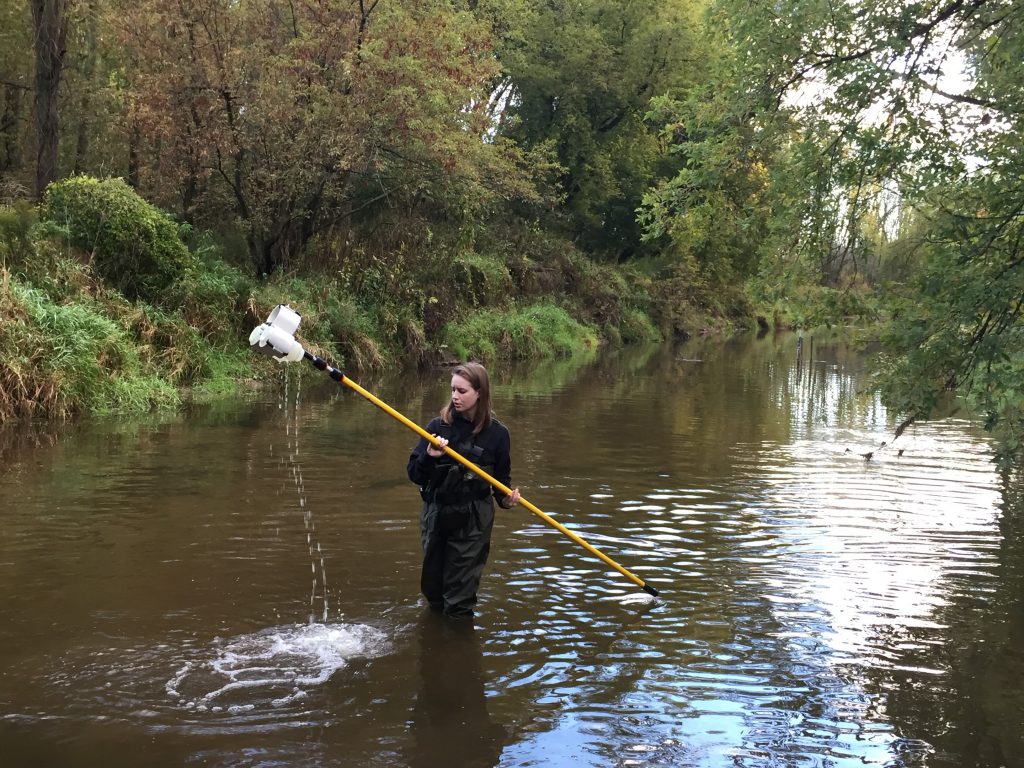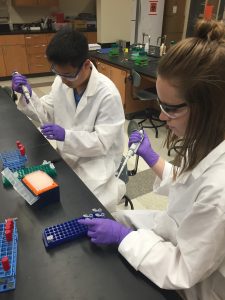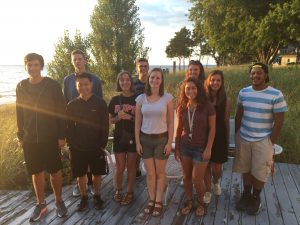“This experience has impacted me in many ways, including the sense of being a part of something bigger than myself. I have really enjoyed my opportunity to study and work with an engineering design team in order to solve a problem,” – Ben Staubus, a Day1: EDGE student who just completed his first semester in the EDGE program.
Louise Kenny is a volunteer from Hope Academy of Senior Professions that has been involved in past EDGE research projects. In the beginning of the fall 2017 semester, she met with students to introduce a problem within her line of work and tasked the students with developing a solution. She returned the last week of the semester for individual meetings with the teams of students. These students were excited to demonstrate their prototypes.
Louise is an occupational therapist who works with patients who have varying stages of Alzheimer’s disease. She explains that caretakers are worried about their patient getting out of bed or leaving the home in a disoriented state. The caretaker wants to give the patient the respect and independence they deserve but can become stressed with the uncertainty that the patient may wander off in a confused state. She often finds that caretakers of these patients are suffering themselves because of the stress and constant worry.
The students were tasked with creating a product that could privately alert the caretaker if their patient gets up in the middle of the night or leaves the room, without startling or making the patient feel embarrassed. The only specifics Louise asked the students to consider when creating their design was for it to be portable, easy to understand, and available within a $100 price range. The last request that Louise asked the Day1:EDGE students to consider in their design was how their product would make the patient feel, noting, that the comparable products are emotionally degrading. Currently, many assisted living facilities have chair alarms that sound an alarm when the patient leaves the chair. These alarms can often offend the person, creating a feeling of confinement to that chair.
This slideshow requires JavaScript.
“I got to explore the different issues that caregivers have with patients that wander. I used the information I collected and tried to discover different ways to alert caregivers if their patients wander. I’ve had a positive impact and it has given me an opportunity to work hands-on with things I’ve never worked with before,” said a Day1: EDGE student.
Each team of Day1 engineers created a sensor product that could be placed on the bed or the floor that, when triggered by weight, would send a message to the caretaker’s cell phone that their patient could need assistance. In order to make these prototypes, students learned how to build circuits, use sensors, and develop coding between the sensor and the interface that the caregiver would use. The students were able to create a product that would alert the caretaker within five to ten seconds of their patient’s status. One group even created a chair sensor that could be used for any patients that may need to be in a wheelchair.
“The best part of the design project is working with sensors and Arduino. It helped me realize that I’m interested in coding,” said Shelby Harper.
Students spoke with confidence and pride of their hand-crafted solution to Louise’s request. Students spoke of the challenge of learning how to create the correct circuits and learn the proper coding to have a message be sent anytime the sensor was triggered. Louise was grateful when she saw how the students took great care and pride in creating a solution that took into consideration the patient’s emotional well-being above all else.
Louise was pleased during the prototype demonstration with a smile that never left her face. She asked inquisitive questions regarding the troubles the students ran into and how they solved it, their opinions of the class itself, as well as provided feedback that could help the students refine their prototype. She brought up ideas like considering the trip hazards that wires can cause, ensuring that the product is water-proof, and inquiring about a weight sensitivity to help avoid any miss-fires that house pets may cause.
Andie Alsgaard summed up her Day1: EDGE experience as follows: “I got the privilege of meeting with an actual client who had a real-world issue. She explained her problem and, as small groups, we got to solve the problem. This experience has shown me a real-life example of what engineering is and what it could look like in the future. Working in small, randomly assigned team has allowed me to meet new people and learn how to work well in groups.”


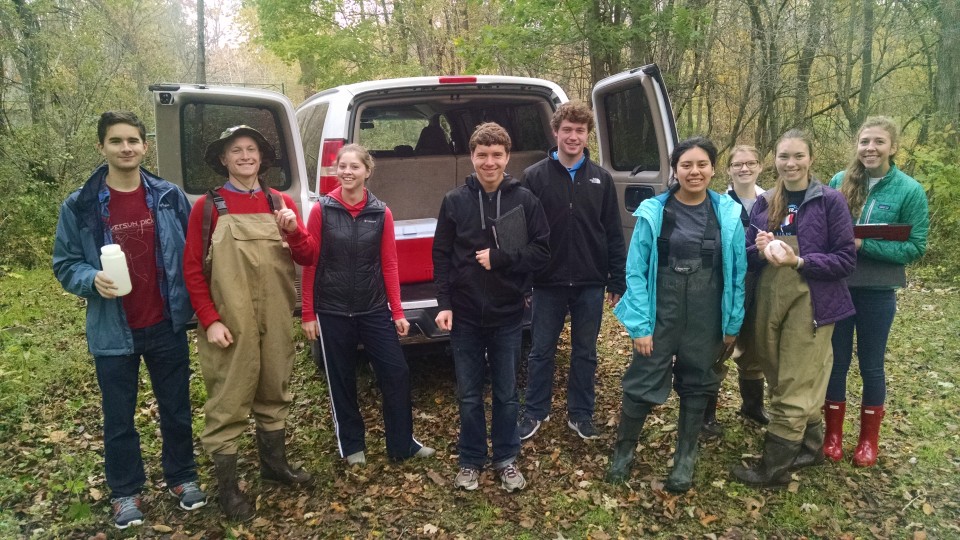



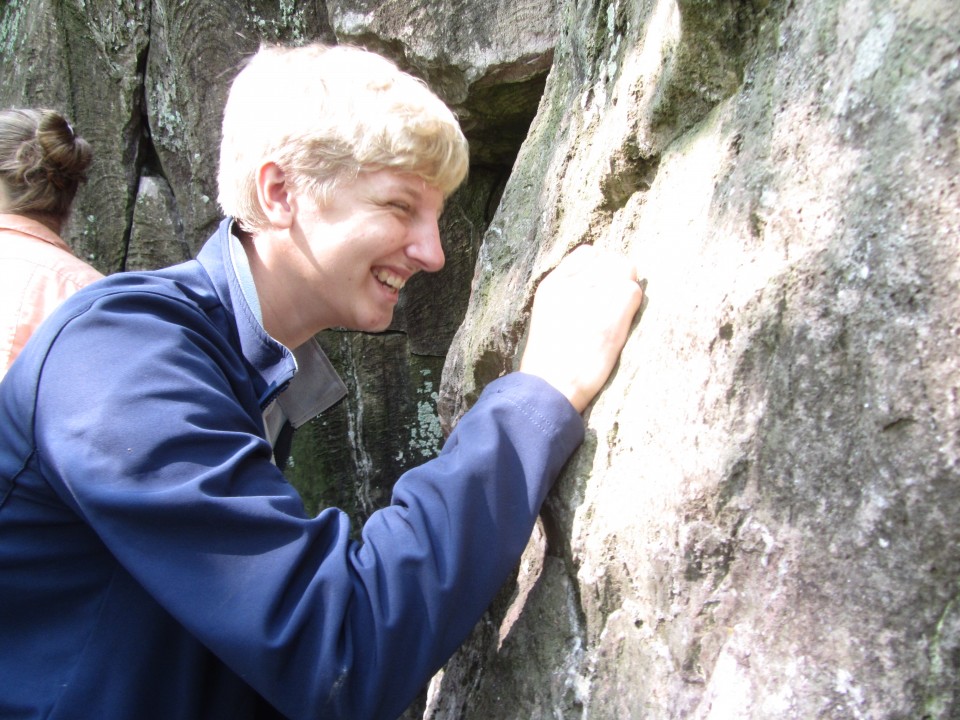
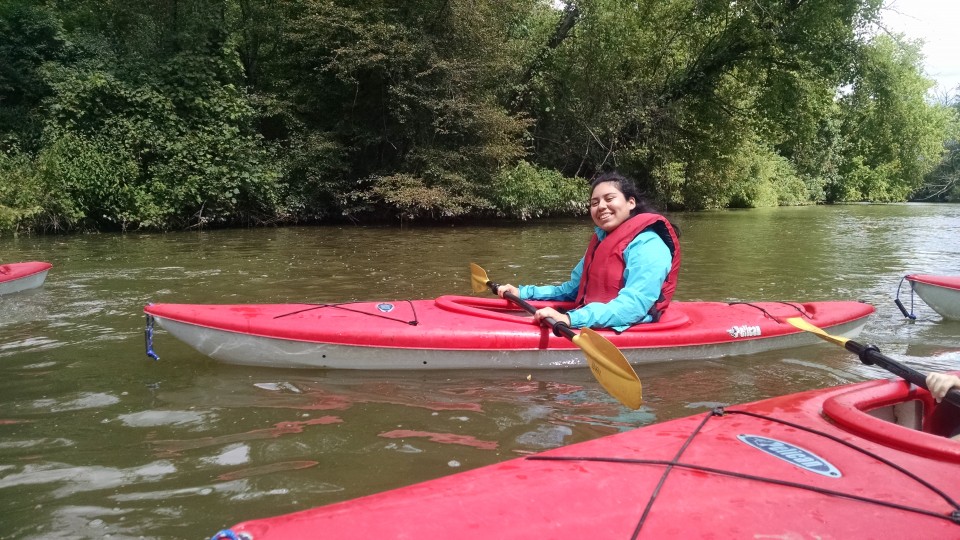


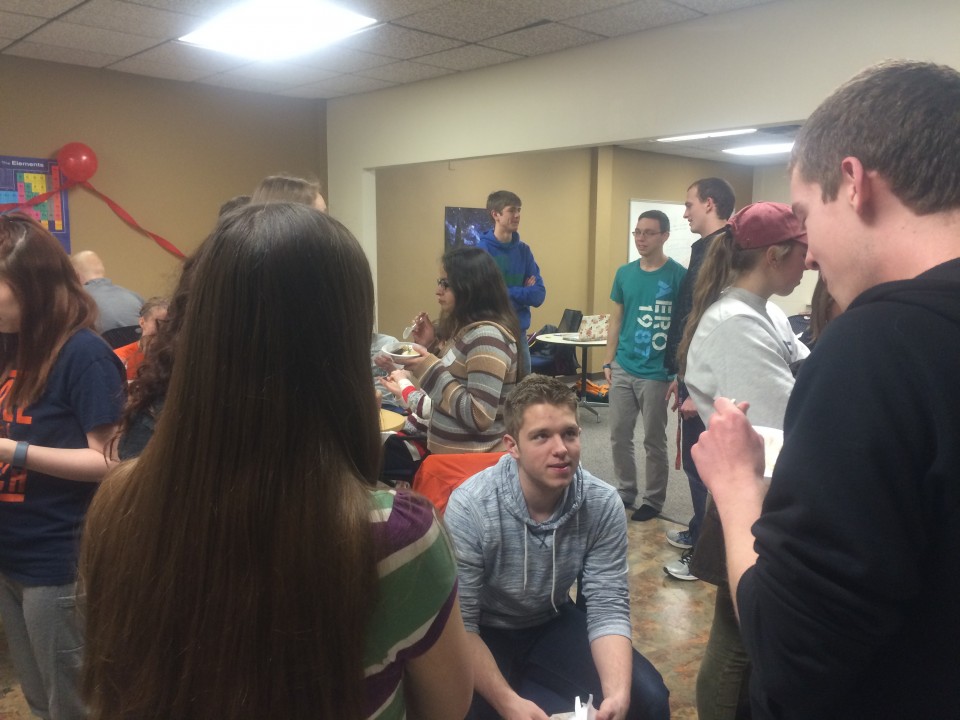
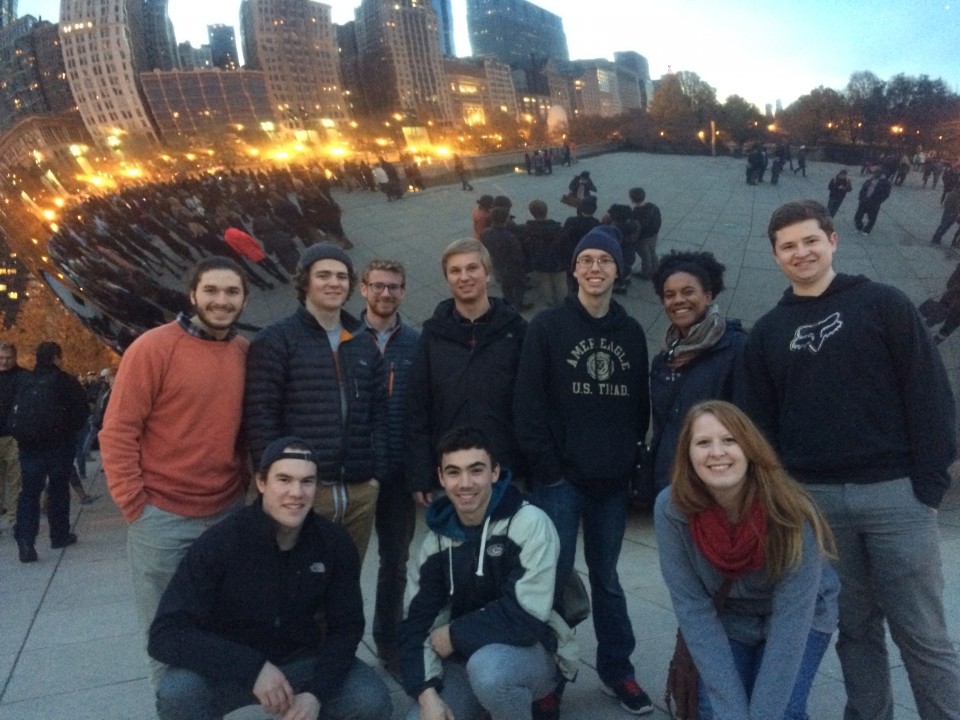




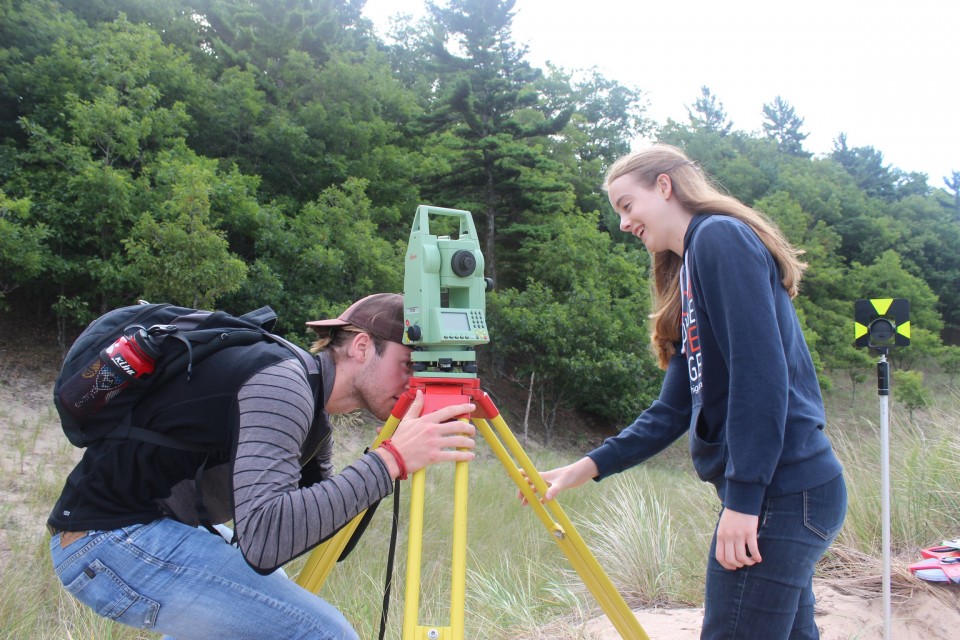


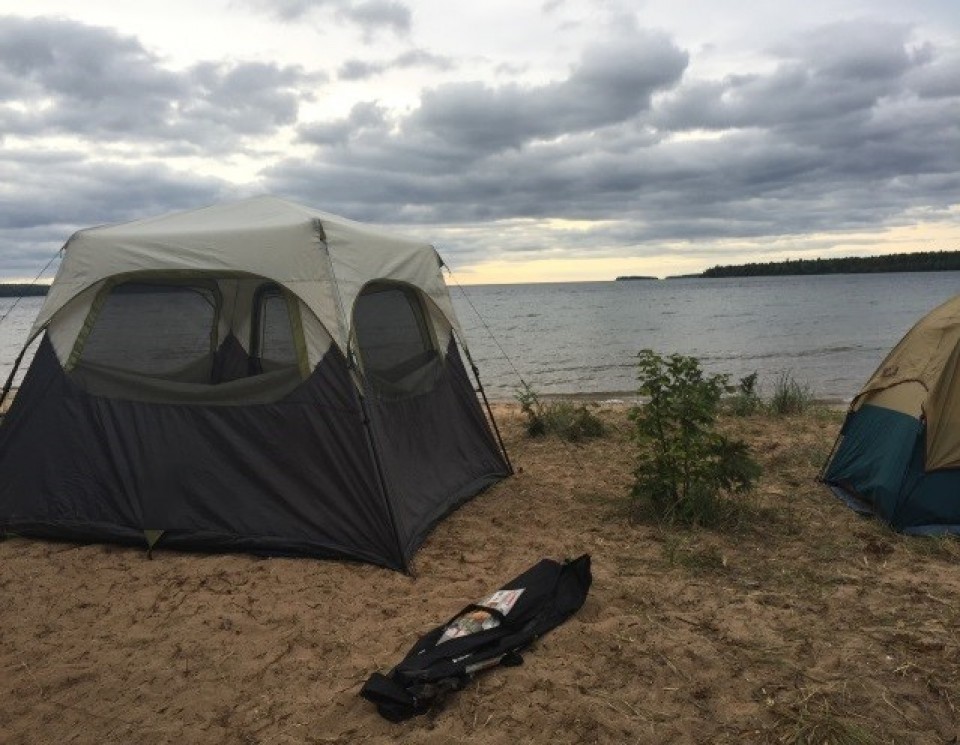

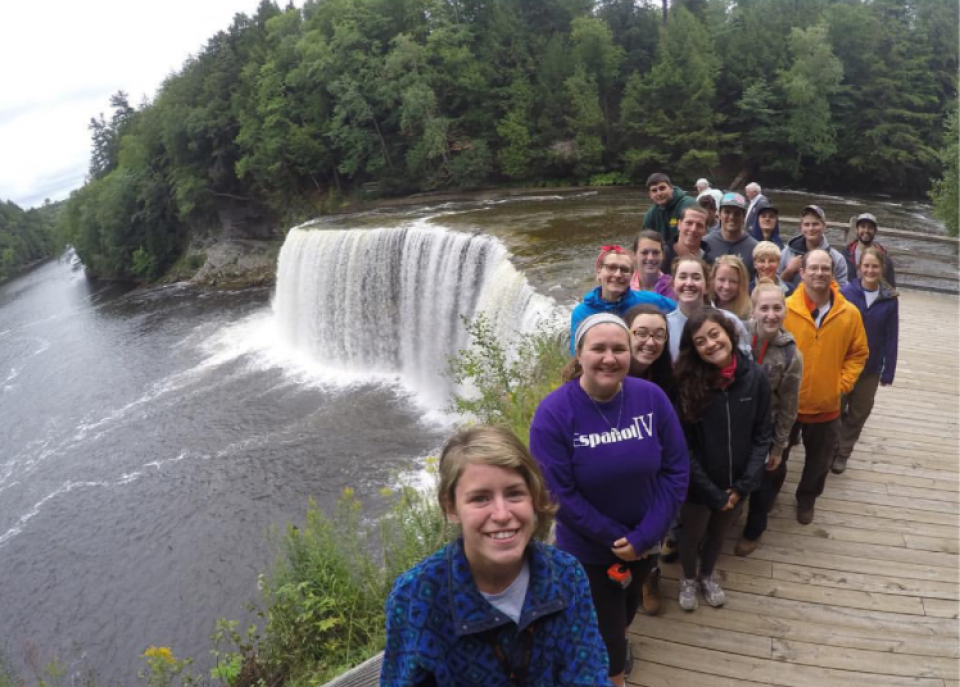

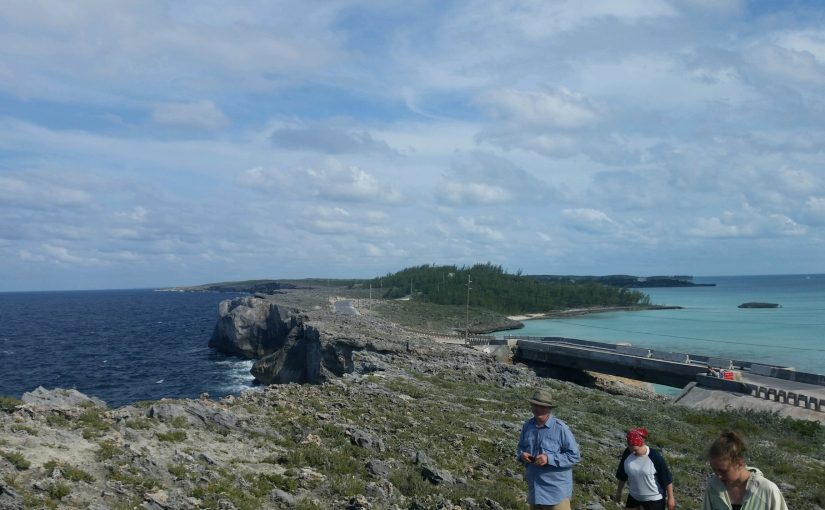
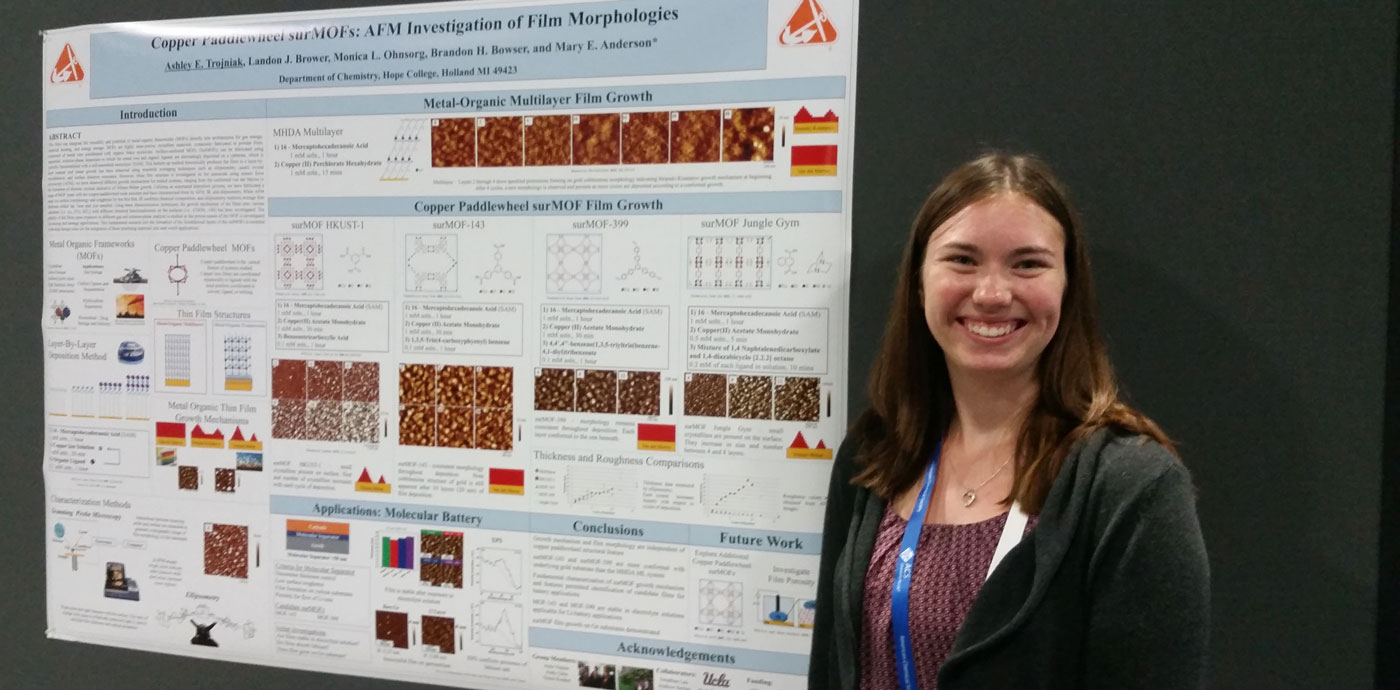 Hope College junior Ashley Trojniak of Sterling Heights won the “Outstanding Student Poster Award” in the COLL Student Poster Contest, held during the Aug. 20–24
Hope College junior Ashley Trojniak of Sterling Heights won the “Outstanding Student Poster Award” in the COLL Student Poster Contest, held during the Aug. 20–24 